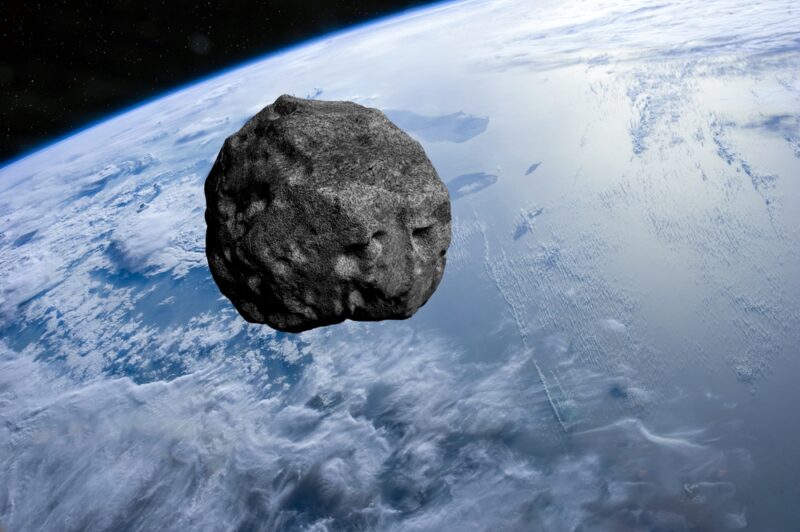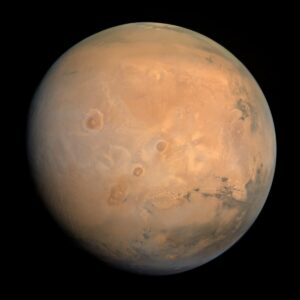Space agencies have spotted an asteroid that could collide with Earth on December 22, 2032. An automated telescope in Chile discovered the asteroid named 2024 YR4 this past December.
It is now at the top of the impact risk list, but the odds of an actual collision remain fairly low. According to astronomers’ calculations, it has a 1 in 83 chance of actually hitting us.
At 55 meters wide, 2024 YR4 is relatively small. For comparison, the asteroid that wiped out the dinosaurs was nearly 15 kilometers in diameter. But despite its modest size, it could still pack a punch if it defied the odds and struck the Earth. The rock’s speed and mass would unleash eight megatons of energy — 500 times more than the atomic bomb dropped on Hiroshima. It wouldn’t wipe out all humanity, but it could destroy a major city.
‘Merits attention’
Currently, the asteroid has been ranked a three on the Torino Impact Hazard Scale, which measures the risk of space objects colliding with Earth. A rating of three “merits attention” in astronomer-speak. According to this scale, “Current calculations give a 1% or greater chance of collision capable of regional devastation.”
2/ The clip below shows ESO’s VLT recent observations of asteroid 2024 YR4, which have helped refine its trajectory. It is estimated to be 40-100 m wide, but more data and analysis are needed to confirm the size, and to refine its trajectory. 🔭 🧪
📷 ESO/O. Hainaut et al.
— ESO (@eso.org) 29 January 2025 at 17:01
Astronomers will closely track 2024 YR4 over the next few years. The asteroid is currently moving away from us, and it won’t be observable again until 2028. Until then, it’s likely to remain at Level 3. When it comes back into view, more precise measurements will help scientists determine whether it poses any real danger.
While a 1 in 83 chance of impact sounds alarming, history has shown that such odds for asteroids often change as more observations refine their trajectories. Though most expect its risk level to drop to Level 0, asteroid response groups have been alerted and will keep tabs on it.
Astronomer Colin Snodgrass told The Guardian, “The first step in the planetary defense response is…further observations. If these don’t rule out an impact, the next steps will be more detailed measurements using telescopes and discussion of what space agencies could do in terms of more detailed reconnaissance and eventually mitigation missions.”
If the space rock is making a beeline for Earth, for example, one possible strategy is to nudge it off its course with a spacecraft. This technique was successfully tested in 2022 with NASA’s DART mission.
For now, scientists stress that there is no cause for worry. The chances of an eventual collision remain low, for now.






